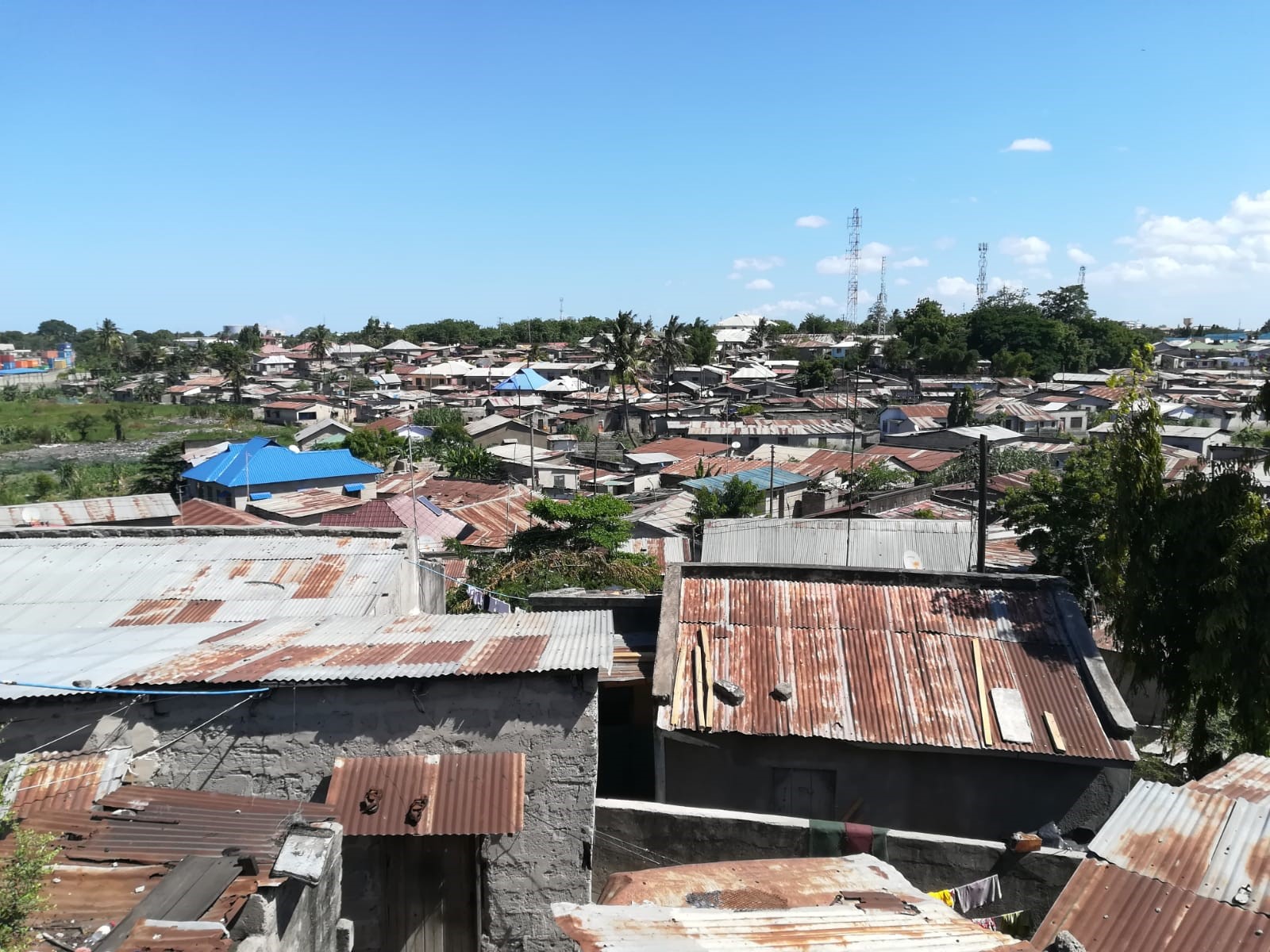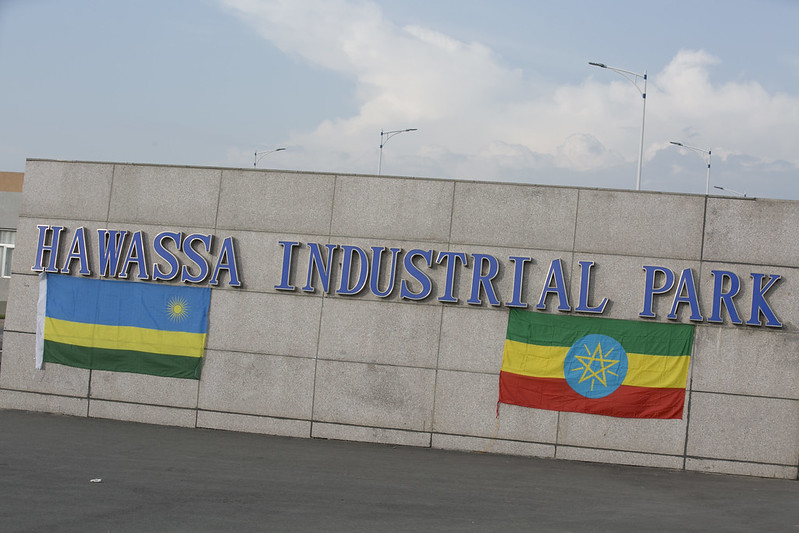Blended finance and Public Private Partnerships are powerful tools for unlocking affordable housing and empowering communities in Africa, writes Ebrima Faal.
Millions of people across Africa lack a safe and secure home, a fundamental human right essential for well-being and dignity. According to the Centre for Affordable Housing Finance, the continent faces a massive housing deficit of over 51 million units, creating hardship and vulnerability for individuals, families, and communities. The countries with the largest housing shortages are Nigeria, with a deficit of 28 million units, the Democratic Republic of Congo, with a deficit of 3.9 million units, and South Africa, with a deficit of 3.7 million units. From the bustling slums of Lagos, where an estimated 66 per cent of the population lives in informal settlements, to the sprawling shantytowns of Kibera, the largest urban slum in Africa with over 250,000 residents, inadequate housing isn’t just a physical problem; it’s a profound violation of human rights.
The continent’s huge demand for housing is compounded by a lack of affordable and adequate supply. Some of the main challenges are the lack of affordable housing finance, high costs of urban land and construction, weak land tenure security, and the prevalence of slums. These challenges have negative impacts on the health, safety, and well-being of urban residents, as well as the environment and the economy.
Despite this daunting reality, there is hope in a transformative force: blended finance through public-private partnerships (PPPs) for housing. Simply defined, blended finance is the complementary use of grants and non-grant financing from private and/or public sources to provide financing on terms that would make projects financially viable. It combines the strengths of both sectors: public resources bringing stability and long-term vision, private resources injecting entrepreneurial spirit and market discipline. This fusion results in more sustainable and impactful investments in housing infrastructure.
This potent combination translates to financing models that deliver more effective and lasting investments in infrastructure, paving the way for millions to claim homeownership. According to Oxfam, blended finance has the potential to mobilise up to £2 trillion in additional finance for the Sustainable Development Goals, including Goal 11 on sustainable cities and communities.
Blended finance in action
A new wave of initiatives offers hope in the face of Africa’s housing crisis. These initiatives, through their diverse approaches, exemplify the transformative potential of blended finance to pave the way for a future where secure and dignified housing is a reality for all.
The Kenya Mortgage Refinance Company (KMRC) is a champion of blended finance. KMRC leverages public funds to guarantee lower interest rates for private lenders, effectively opening the door to homeownership for many. This innovative strategy has borne fruit, increasing the supply and demand of housing, transforming lives, and contributing to national development goals. KMRC’s journey is not without obstacles, however. Ensuring the long-term sustainability and scalability of the program, addressing land and infrastructure hurdles, and guaranteeing quality and inclusivity in housing are crucial considerations for their continued success.
In Zambia, Financial Sector Deepening Africa (FSD Africa), a development institution focused on strengthening African financial markets, has partnered with Sofala Capital, a housing finance company. This strategic partnership has enabled Sofala Capital to expand its reach and impact.
Through its subsidiaries, Zambian Home Loans and iBuild Home Loans, Sofala Capital is making significant strides in providing affordable housing solutions. These initiatives are not just about constructing homes; they are about developing sustainable building materials and fostering a self-sustaining housing ecosystem.
Blended finance is also being used to address the housing crisis in West Africa. The International Development Association (IDA), the International Finance Corporation (IFC), and the West African Economic and Monetary Union (UEMOA) have launched a window that combines concessional funding provided by IDA Private Sector Window with financing and guarantee instruments on commercial terms. This initiative aims to bring investment to places that banks and investors have deemed too risky, and it has the potential to unlock the keys to affordable housing across West Africa.
Public-Private Partnerships (PPPs) are playing a significant role in addressing housing deficits in Africa. A prime example of this is the work being done by TAF Africa Global in Sierra Leone and River State, Nigeria.
In Sierra Leone, TAF Africa Global agreed with the Ministry of Lands, Housing and Country Planning to build 5,000 affordable homes. This initiative is not just about constructing homes; it is about developing sustainable building materials and fostering a self-sustaining housing ecosystem.
In River State, Nigeria, TAF Africa Global has developed an estate located in Port Harcourt, the capital and largest city of River State. The property has over one thousand houses including about 600 units of apartments, villas, constructed on 40 hectares of land. This project is another example of how PPPs are being used to address housing deficits and contribute to economic development.
Housing and the human capital dividend in Africa
While initiatives like Kenya’s KMRC and Zambia’s long-term mortgage lending programs demonstrably alleviate Africa’s housing crisis, their impact transcends bricks and mortar. By fostering innovation, skill development, and community well-being, these blended finance ventures unlock broader human capital potential, paving the way for a more prosperous future.
For example, KMRC’s partnership with a local bamboo company show how blended finance is about more than just constructing homes. This collaboration focuses on developing sustainable building materials, fostering a self-sustaining housing ecosystem that goes beyond the physical structures.
Similarly, skill training programs across Africa, such as those offered by Africa Skills Training College and AITF, equip residents with carpentry and masonry skills. These programs empower individuals to contribute to construction and secure future income, thereby strengthening their economic autonomy and contributing to long-term community vitality.
These initiatives invest in human capital. They enhance employability and income potential, improve health and well-being through secure housing, foster social stability through homeownership, and empower economic autonomy through affordable housing options. This multifaceted approach to development is what makes these initiatives so impactful. They build strong, inclusive communities by empowering individuals through secure housing and homeownership. These initiatives are fostering the development of strong, inclusive communities by empowering individuals through secure housing and homeownership.
In the context of Africa’s housing deficit and the need for sustainable development, blended finance and PPs play a pivotal role. They provide secure housing, improving lives and enabling communities to thrive. These strategies aim to achieve “additionality”, a desired outcome where the activities and their results are larger in scale, higher in quality, or occur as a result of the concessional finance provided.
The potential of blended finance and PPPs is vast. By focusing on the human capital aspect of blended finance and PPPs, we can support these initiatives and advocate for relevant policies. The future of Africa hinges not just on secure housing, but also on the empowered individuals residing in it. This underlines the importance of additionality in blended finance and PPPs, as it ensures that these initiatives lead to tangible improvements in the lives of individuals and communities.
Photo credit: Amy used with permission CC BY-NC-ND 2.0 DEED






Great write up E!
Keep it coming!
Dear Ebrima Faal,
Thank you for your excellent and factual article on blended financing and public-private partnerships for the provision of affordable housing in Africa. It’s clear that affordable housing not only addresses the critical issue of shelter in Africa but also plays a vital role in creating employment opportunities for our young population.
I appreciated your mention of our PPP projects, including the 5000 houses in Sierra Leone and the 1200 houses in Port Harcourt. I’d like to bring to your attention that we have recently signed another significant PPP project with the River State government for the provision of 20,000 affordable houses. The MOU was finalized in December 2023, and construction commenced in the last week of January 2024. Our goal is to deliver approximately 1000 houses every year, starting from this year.
I believe this additional information further emphasizes the impact and commitment of public-private partnerships in addressing the housing challenges in Africa.
Thank you for your attention, and I look forward to seeing the continued impact of collaborative efforts in the housing sector across the continent.
Kind regards,
Mustapha Njie
CEO – Taf Africa Global
Thank you so much for the update and congratulations for your pioneering work in this space. Africa is lucky to have you trailblaze and champion the cause for affordable housing, putting your money, time and talent where your mouth is.Your goal to build a million affordable homes is well within reach.
Dear Faal
Thanks for the article. I can relate because I currently head the National Homeownership Fund (NHF) in Ghana and our model is the blended finance approach to underwriting mortgages. Our model uses public funds to leverage private capital from banks as they match equally public funds. The public funds are priced low to match the market rates of the private fund resulting in a final blended rate which is way below the existing market rate for mortgages.
Dela